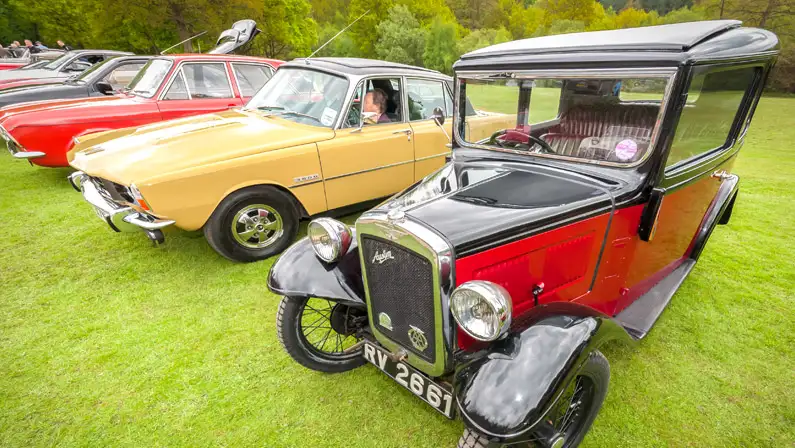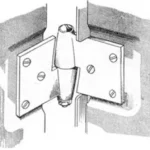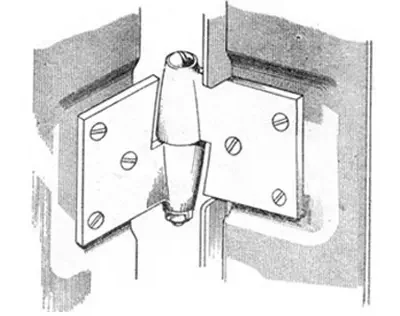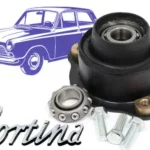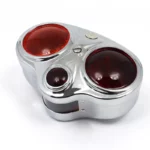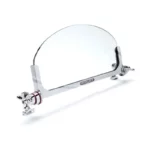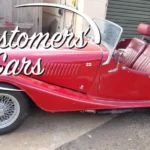When does an old car become a classic?
There are a lot of terms applied to older cars with much overlap and confusion as to exact meanings. There are some legal definitions, but other than that there are many different opinions and national variations on the use of terms. When it comes to classic cars, there is no one-size-fits-all answer as to when a car becomes a classic. “Classic Car” is often used as a cover-all term to include many more defined sub-sets such as veteran, vintage, brass-era, etc..
Generally speaking, most classic cars are at least 20 years old and have been well-maintained over the years. However, age alone does not make a car a classic; certain models have become iconic and are considered classics regardless of their age. These cars are often associated with a particular era or style, such as the Ford Popular from the 1960s or the Volkswagen Beetle from the 1950s.
In addition to age and model, other factors can influence whether a car is considered a classic. For example, some cars may be rare or limited edition models that were only produced for a short period of time. Other cars may have been owned by famous people or used in popular films or television shows. The condition of the car also plays an important role in determining its status as a classic; if it has been kept in good condition and regularly serviced, it is more likely to be seen as a classic than one that has been neglected over time.
Definitions of Car Eras
Veteran Car
A Veteran Car is a vehicle built before 1905 or before 1919 by other definitions. Sometimes the cars built 1905 to 1919 are referred to as Edwardian. Development of technology was very rapid in these times with hundreds of small companies competing. Steam and electric systems were still competing with the early internal combustion engine.
Brass Era
Brass Era is an American term to encompass a similar time frame as above, 1896 through to 1915 when a lot of brass was used on the hand-built “horseless carriages” of the time.
Vintage Car
To qualify as a Vintage Car, the date of manufacture must fall in a very narrow range of 1919 to 1930.
The definition is often loosened for events to include pre-1940 cars. The term Post-Vintage is seen occasionally to refer to cars from the 1930s until the end of WWII. In Europe, the terms Pre-War and Post-War are often used to date cars. (referring to WWII)
Classic Car
This is where things get a lot vaguer with the word being used to cover many different definitions. Some use the term “Classic” to describe any slightly older, but collectable vehicle. In the UK, vehicles over 40 years old are recognised by DVLA for “Historic Vehicle” status, making them exempt from paying Vehicle Excise Duty (commonly known as road tax) and MOT tests, so this age is a good starting point. What makes a car a “classic” is however more subjective than simple age. Nostalgia, design and performance, or the cultural impact a vehicle had are all important factors of being considered a classic. A common theme is cars that are fondly remembered from childhood, or that were unaffordable as a young driver are now considered classics by mature car enthusiasts. Modern Classic is a term sometimes used by insurance companies for newer collectable vehicles that only cover limited mileage.
Antique Car
This is another loose term. In The United States, the term Antique can be applied to cars over 25 years old, or Antique Era is also used for prior to World War 1. Not really used for cars in the UK, where the term antique is generally applied to household collectables over 100 years old.
Old-Timer
A European term (German and Dutch term mainly), unknown in the UK. Vehicles over 30 years old can be registered in Germany to receive the “H” old-timer registration plate with tax benefits, but they must meet certain standards of originality.
Young-Timer
Young-timer is an informal term used by German and Dutch enthusiasts of vehicles approximately 15 -25 years old. Comparable to “modern or future classic”. These cars tend to be the non-base models of brands such as BMW, Mercedes, VW etc, cars that are considered more interesting.

